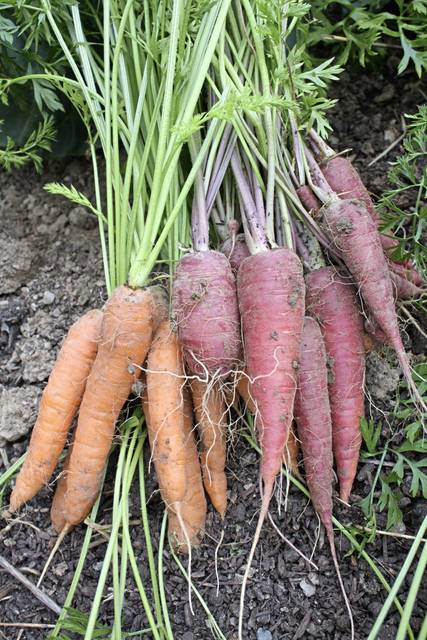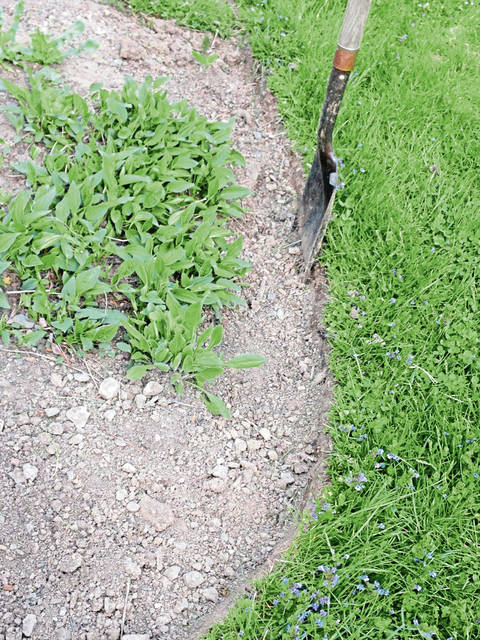Carrots are among the easiest crops to cultivate in a home garden. They’re easily grown from inexpensive seed with reliable germination rates. Carrots are tolerant of both cold and hot weather, and if you sow a few more seeds every week or two, you’ll have a continual carrot harvest from mid-spring through early winter. There are even a handful of carrot varieties that can be harvested all winter long simply by burying the plants under 4 or 5 inches of straw in the autumn.
But despite their ease of growth, carrots do have a few troubles that gardeners occasionally have to contend with. Most are easily prevented or solved with little effort from the gardener.
Here are the most worrisome issues carrot growers face, along with a few simple ways to tackle them.
Carrot rust fly: These little flies are shiny black with an orange head and legs. Females lay eggs in the carrot patch, and the larvae burrow down into the soil and feed on the roots. Signs of their damage include tunnels and scarring on the exterior and interior of the root. Carrot rust flies are easy to manage by simply covering your carrot crop with floating row cover. This lightweight fabric rests on top of the plants and forms a protective barrier. Make sure the edges are pinned down and leave the row cover in place from planting until harvest.
Forked carrots: Carrots that branch into two or more “legs” are the result of poor soil preparation. In order to form long, slender roots, the soil where your carrots grow needs to be free from rocks and chunks of soil. Prepare the bed deeply and make sure the soil is loose and friable before sowing your carrot seeds.
Misshapen or small carrots: Deformed carrots are most likely to occur in gardens where carrots aren’t thinned at the seedling stage. Carrot seeds are very tiny, and it’s difficult to space them properly when planting. If young carrots are too close to each other, the roots will wrap and twist around each other. To prevent this, when the seedlings are as tall as your pinky finger, thin them out so the remaining plants are 1 to 2 inches apart. This gives each root plenty of room to grow.
Carrots with green shoulders: When carrot roots are exposed to sunlight, they turn green and bitter. Many times the tops of carrot roots, called the shoulder, pop up out of the soil as the root grows. To keep it from turning green and altering the flavor of the carrot, hill or mound soil up over the shoulders of the roots as the plants grow to keep them in the dark.
Cracked carrots: There are two reasons why carrot roots may split open along their length. First, it most often happens when the roots aren’t harvested frequently enough. The longer the root sits in the soil, the more likely it is to split. Secondly, carrot roots can split open after an extended period of heavy rain or too much irrigation. The root absorbs so much water that it cracks open. Often these cracks result in root rot and the carrot must be thrown away. To remedy root cracking, harvest roots in their prime and don’t over-irrigate.
Bitter carrots: Carrot roots can sometimes turn bitter in hot weather. I find that refrigerating the roots for a day or two prior to eating them makes the bitterness disappear. Peeling also helps. Another option is to only grow carrots as a spring and fall crop, and let other crops fill in your summer garden.








